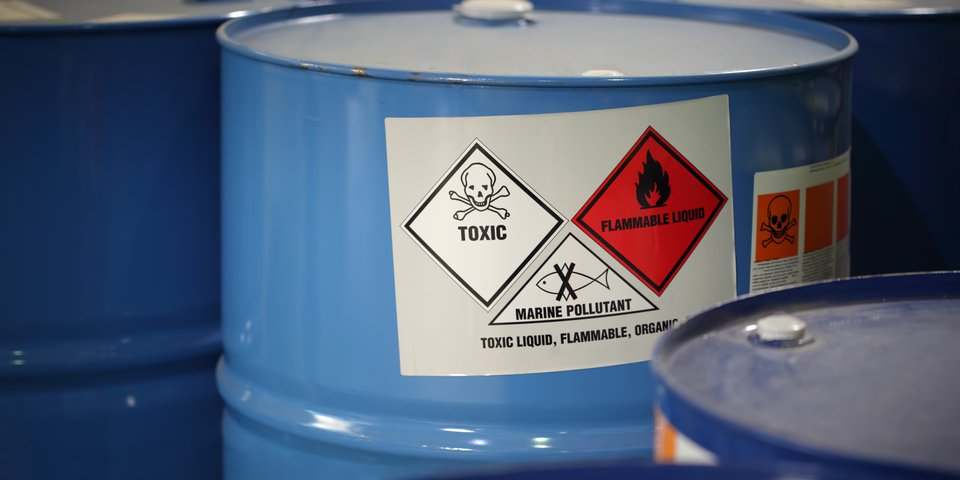 iStockphoto/tunart
iStockphoto/tunartPollution causes 10 per cent of all cancer cases in Europe
Report by the European Environment Agency EEA
LB – 07/2022
Exposure to air pollution, passive smoking, radon, ultraviolet
radiation, asbestos, certain chemicals and pollutants causes about 10 per cent
of all cancer cases in Europe. This is according to a recently published report
by the European Environment Agency (EEA). These risks can be prevented in many
cases.
The European Union records approximately 1.3 million cancer-related
deaths per year. In addition, there are about 2.7 million new cases of
oncological diseases per year. Although Europe accounts for less than 10 per
cent of the world's population, it accounts for almost 20 per cent of cancer
deaths and 23 per cent of oncological incidence worldwide. This has serious
consequences – for the individual, for society, for the economy and also for
social security. Reducing environmental and occupational risks is crucial if
the goals of comprehensive EU cancer prevention initiatives are to be achieved.
Cancer leads to considerable impairments for those affected and
their families. Even though their development has still not been definitively
clarified, research has been able to prove numerous risk factors for this disease.
Some of these, such as age or genetic factors, cannot be influenced.
Risks can be prevented
However, many risk factors of oncological diseases can be
mitigated. On the one hand, this includes aspects of behaviour and lifestyle
(e.g. tobacco consumption, diet or obesity). On the other, environmental
influences also play a role and can be adjusted accordingly. The Online report of the EEA takes a closer look at these and summarises
the scientific evidence on correlations between select known environmental and
occupational cancer risks in Europe. Finally, a brief overview of EU policies
is presented.
Environmental protection is health protection
Environmental and occupational risk factors analysed by the EEA
include air pollution, radiation, pollutants and chemicals. The study concludes
that an estimated 10 per cent of the cancer burden in Europe can be attributed
to it. Therefore, reduction in the corresponding risks through environmental
and occupational health and safety measures could significantly reduce the
number of cancer cases throughout Europe. It should be noted that many cancers
have a long latency period, i.e. both the consequences of exposure to risk
factors and the effect of measures to reduce them only become apparent much
later.
EU initiatives target environmental and occupational risk factors
Many EU cancer prevention plans and initiatives include the
reduction of environmental cancer risks in their prevention strategies. These
include, for example, the European Beating Cancer Plan or the Roadmap on carcinogens as well as EU-funded research projects looking
at different aspects of cancer prevention and the impact of reducing
environmental or occupational cancer risks. These are accompanied by other action
plans to protect the environment, such as the Zero Pollution Action Plan or the Chemicals Strategy for Sustainability Towards a Toxic-Free Environment.
